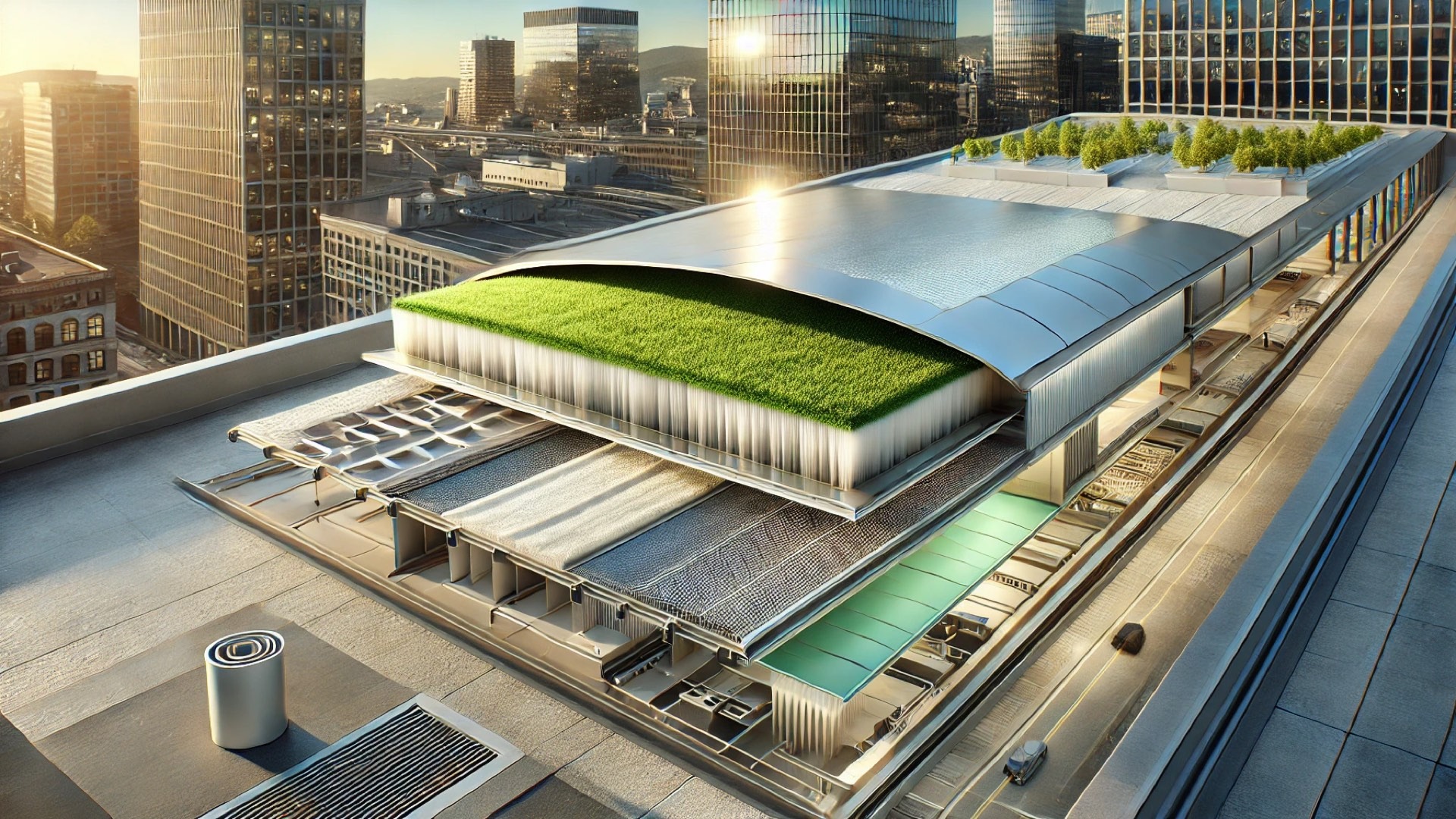
Unlocking the Power of Microfibres in Roofing
When thinking about roofing materials, microfibres might not be the first thing that comes to mind. At first glance, they seem like simple fibers used to reinforce materials like bituminous felts or liquid-applied systems. However, the innovative application of microfibres in roofing reveals a whole new world of possibilities that go beyond traditional methods. Let's explore how these tiny yet mighty fibres are reshaping the industry.
What Are Microfibres and Their Role?
Microfibres are exceptionally thin synthetic fibers found in various construction materials, including roofing. While there has been some concern about microplastics contributing to environmental pollution, microfibres themselves play a critical role in enhancing the performance and longevity of roofing products. They serve as thickening agents in coatings, allowing for superior flexibility and minimizing cracking. Remarkably, these little heroes also strengthen reinforced membranes and assist in reducing concrete cracking during curing, making them indispensable in modern roofing practices.
Reinforcement Power: A Closer Look
One of the most common uses of microfibres in roofing is in fibre-reinforced mastics and coatings. These solutions are beloved by roofers for their enhanced tensile strength and ability to create a seamless layer over uneven surfaces. Imagine applying a repair compound that not only fills gaps but also highlights any irregularities with a smooth finish! Some products even combine microfibres with reflective coatings, delivering superior waterproofing along with an energy-saving “cool roof” effect, perfect for eco-conscious building.
Innovative Reinforcement techniques
Likewise, polyester or glass non-woven fleeces are typical examples of liquid-applied membranes that utilize microfibres for dimensional stability and strength. These fabrics, with their intricate micro-scale structure, lend the necessary support for liquid roofing, ensuring projects can overcome challenges such as thermal cycling or strong winds. Without this reinforcement, the functionality and reliability of these systems would diminish significantly, leading to compromised installations.
Microfibres in Green Roofs: An Unexpected Ally
Moving into more surprising territory, microfibres play an integral role in the functionality of green roofs. Recent studies show that they can filter out as much as 97.5% of microplastics from rainfall before they reach drainage systems, which is a vital environmental contribution. Nevertheless, it's essential to use microfibres in a thoughtful way; while they provide function in green roofs' construction, care should be taken to ensure that they don’t introduce more harm than good.
Looking Ahead: Future Innovations
With technology evolving fast, researchers are beginning to experiment with nano-fibre membranes designed for passive cooling. This development could revolutionize roofing yet again, providing energy savings in buildings and reducing urban heat. As sustainability becomes more paramount in construction and design, the unique qualities of microfibres might offer one of the best possible solutions in the quest for greener roofing methods.
Conclusion: Embracing Change in Roofing Practice
In conclusion, while microfibres may seem like a minor component in roofing, their transformative abilities cannot be underestimated. They enhance not only the performance and longevity of roofing materials but also contribute positively to our environment. The use of these materials signifies a shift towards innovative and sustainable roofing practices that address both durability and eco-friendliness. So whether you're a roofing professional or a passionate homeowner, appreciating the strength of microfibres will allow you to make better-informed decisions about your roofing needs. Explore these innovative solutions today and invest in a groundbreaking trend that delivers sustainability without compromising quality!
 Add Row
Add Row  Add
Add 




Write A Comment